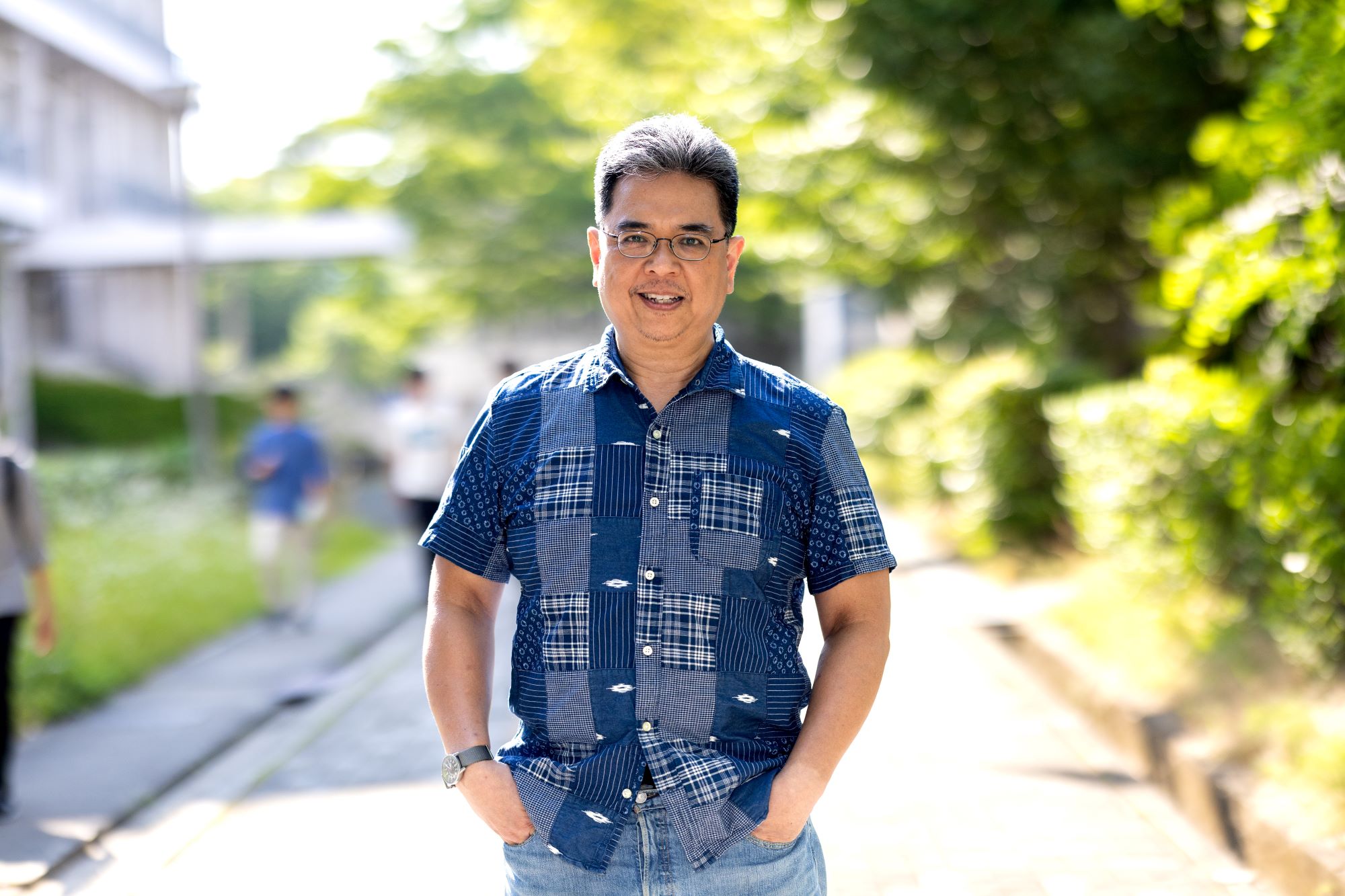
Dr. Wilson Agerico Tan Diño, Associate Professor, Graduate School of Engineering
"From robot animation to quantum mechanics: A journey in computational materials design"
In recent years, nanomaterials (materials of which a single unit is sized between 1 and 100 nanometers) have become an important part of advanced material science due to their limitless application in electronics, life science and medicine, energy, and environmental science. One of the main drivers of this revolution is computational materials design, a powerful technique based on the principles of computational physics, chemistry, and materials science to model, predict, and tailor the properties of materials. For nanomaterials, this involves understanding the quantum mechanical interactions that give rise to their properties and behavior. Dr. Wilson Agerico Tan Diño has been an active player in this field through his research and teaching activities on theoretical condensed matter physics and nanomaterials science at the Department of Applied Physics, Graduate School of Engineering.
Dr. Diño was first interested in Japan through robot animation TV shows that he watched as a child in the Philippines. After completing his undergraduate studies in physics at De La Salle University, he came to Osaka University in 1993 as a master’s student sponsored by the MEXT scholarship. He obtained his PhD in 1999 and then worked as a researcher for several years at Osaka University and the University of Tokyo. At Osaka University, he was promoted to assistant professor in 2004 and associate professor in 2010.
The research done in Dr. Diño’s group employs methods such as Density Functional Theory (DFT), Molecular Dynamics (MD), and Monte Carlo simulations to model and predict the properties and behaviors of nanomaterials at the atomic and molecular levels. Working with experimentalists, his group uses those computational methods to explain experimental results and guide further experiments. His methods have been employed in research across several key areas, such as energy storage and conversion, biosensor development, drug discovery, and others, with practical applications that can revolutionize multiple industries. Dr. Diño enjoys the collaborative and multidisciplinary nature of the research environment at Osaka University, where he has the freedom to develop his research interests while collaborating with scientists from Japan and abroad.

Dr. Diño has been an active member in the immensely successful Computational Materials Design (CMD®) workshops,1 in which he and other researchers from Osaka University and its local and international partners conduct training sessions in Japan and across Asian countries. In particular, he has been involved as a starting member of the workshop’s international outreach activities through Asia CMD® workshops, which have been conducted regularly at Osaka University’s partner universities in ASEAN countries. The workshops have been the backbone of one of the programs offered by the Osaka University International Certificate Program (OUICP), a graduate student exchange program under the ASEAN Campus Project.2
Dr. Diño appreciates the efforts done by the university to attract more international students and researchers, although there is room for improvement, especially in the support provided to privately financed international students. Having lived in Japan for more than three decades, he is fluent in Japanese and fully accustomed to the lifestyle here. To scientists who wish to work at Osaka University, he suggests keeping an open mind to the new culture and lifestyle that they will encounter in Japan, learning the language, and engaging with society.
Text: Clement Angkawidjaja/Edit: Christopher Bubb